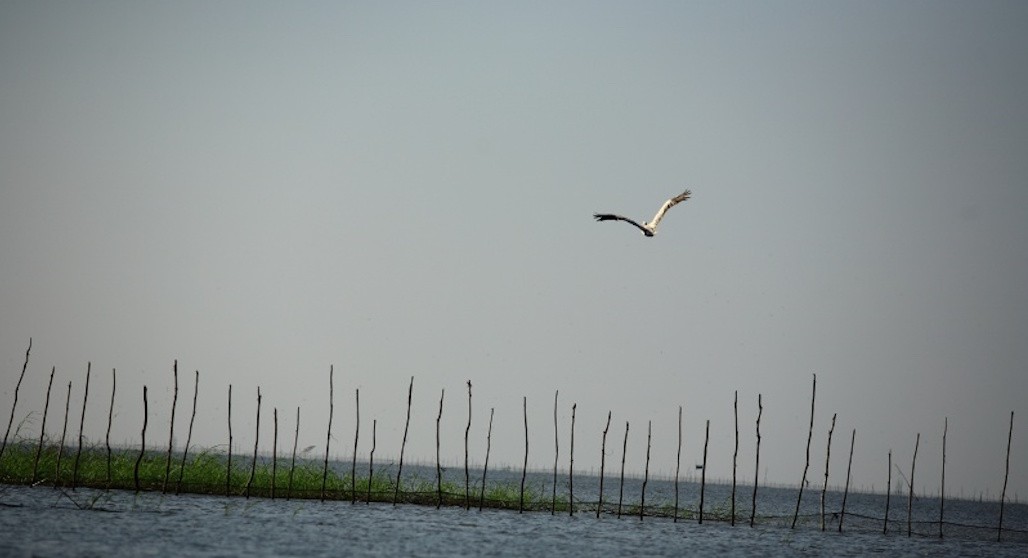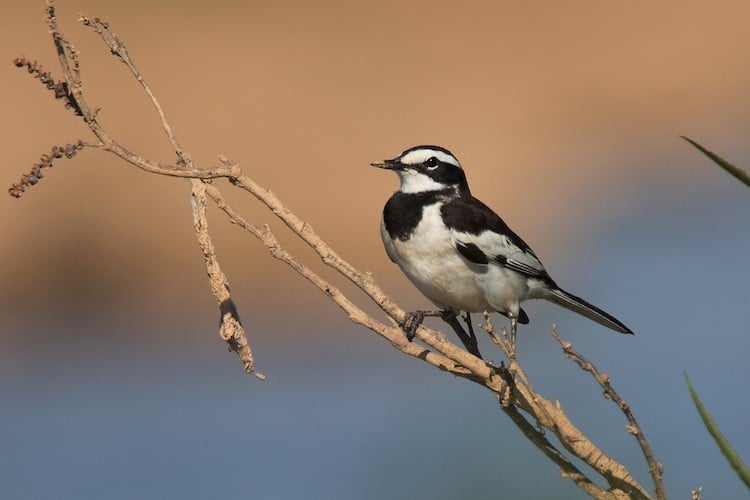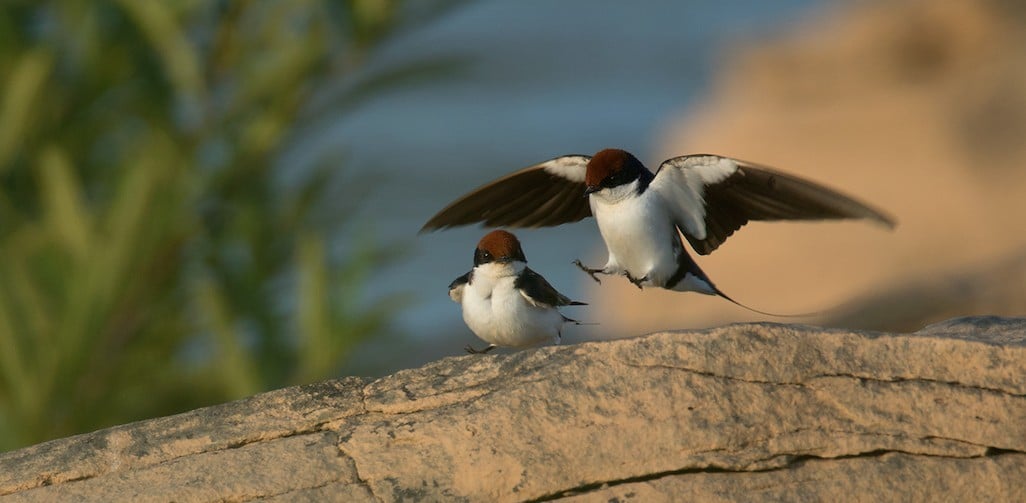The Thai government started 2017 announcing another major commitment to transportation expansion: US$25 billion to finance futuristic high-speed trains, super highways and expanded sea and airports. Far less glitzy but immediately controversial, however, was one of its final transportation acts of 2016: preparing to restart, after 13 years, rapid blasting and river channelization to clear the Mekong River for navigation just below its arrival from Myanmar.
In 2000, when the project was initially taken up by Myanmar, Thailand and Laos with Chinese financing, Thai communities along this route expressed outrage. The habitats impacted support hundreds of fish and other aquatic species, which they rely on for food and income. Decline in catches and river bank agriculture and increased flooding was already noticeable in 2003, when the first phase was nearly complete, yet the Thai government suspended blasting due to a border dispute with Laos.
But China still wants a navigable shipping lane extending 886 km between its Yunnan province to Luang Prabang in Laos. Presently, several sections along the route still allow only long, slim boats carrying just 60 tons to be piloted through their rocky outcrops and turbulent whirlpools. The objective, however, is for barges carrying 500 tons tethered in trains to glide along a placid, engineered channel like a Danube of the East.
Notwithstanding the romance some may attribute to such a transformation, its realization could be akin to genocide of an often overlooked but crucial wildlife population: birds.
Many riverine bird populations are under threat in the Mekong region and across the world, says leading ornithologist Philip Round, Associate Professor of Biology at Mahidol University. “The Mekong will be forced to sacrifice biodiversity on a scale the Danube never had, and humanity is increasingly realizing it should be fighting to hold onto.”

The channels of the Mekong River. Photo: MyMekong
Arguably, stresses Round, the cascading effects of such a navigation scheme are potentially more calamitous to the Mekong environment than mainstream dams. While dams have both localized and downstream impacts through altering water levels and flows, such extensive alterations all along the channel will irrevocably damage the entire character of the artery that’s fueled the evolutionary dynamic that built the biodiversity the region has today. To Round, the impact of dams and water releases could be reversed if policies change – but the impact of the demolition of rapids is permanent.
“Understandably, much attention has been given to the damage that’s being done to Mekong fisheries by all this development, but habitat destruction is indiscriminate.” says Round. “Untold numbers of birds, plants, insects, reptiles and mammals also rely on the unique character of the Mekong’s natural flow conditions for their survival. This must not be overlooked.”
The evidence is quite clear if one is willing to take a look, he adds. When he first learned of the navigation plan in 2001, he investigated how birds in particular might be affected by the loss of just one major rapid near the town of Chiang Saen, 15 km downstream of where the Mekong exits Myanmar and begins to form the border between Thailand and Laos.
He found that there would be gross degradation of diverse riverine bird communities and ecosystems which are not found anywhere else in the country, if not the world. (See Troubled Wings: 7 Birds We May Lose from the Mekong)
Ayuwat Jearwattanakanok of Bird Conservation Society of Thailand could not agree more. “Some of these birds are found nowhere else, particularly the Mekong Wagtail which was only described to science in 2001. The loss of suitable habitat would be detrimental to the survival of these species.”
The Mekong Wagtail. Photo: Ayuwat Jearwattanakanok from the Bird Conservation Society of Thailand
Birdlife International, the world’s largest nature conservation partnership, estimated the Mekong Wagtail population to be only 6,000-15,000. The species was listed as “Near Threatened”.
Such impact would not be surprising given that of the five sites along the Mekong River that are internationally recognized as worthy of protection under Key Biodiversity Areas (KBAs), two would be directly affected by the blasting and dredging. The other three, located downstream, would be potentially affected from the altered stream flow and associated bank erosion.
Round indicates that there are four key bird habitat characteristics that tell the tale, all of which could be lost.
1) Open sand-bars support numerous nesting species, an even greater range of wintering species, many duck species, as well as wader species such as herons and cormorants. Large and significant sandbars that occur upstream of Chiang Saen, are probably the single most important area of the upper Mekong for numbers of wintering waterfowl.
2) Beds of tall grasses usually thriving on these sand bars are particularly attractive to small birds, including warblers, roosting buntings, and nesting Red Avadavats. The very scarce wintering chat White-tailed Rubythroat has also been found to inhabit these areas.
3) Braided river channels are arguably the most diverse riverine habitat for birds anywhere, comprised of exposed bedrock, alternating with small sandy patches and accompanied by a 1-3 meter high leafy bush, Homonoia riparia, known as Krai-Nam in Thai. This supports a great diversity of birds, among them: Spot-billed Duck, Great Thick-knee, River Tern, Wire-tailed Swallow and Jerdon’s Bushchat. Extensive tracts of this habitat occur for about 500 km downstream of Chiang Saen, and would be badly damaged by blasting. And further downstream, where the river approaches the fabled Emerald Triangle, where the borders of Thailand, Laos and Cambodia meet, one finds the endemic Mekong Wagtail – a bird that occurs only along the Mekong River and its tributaries for which Thailand and its neighbors have the sole global responsibility.
4) Vertical earth banks along both the main-stream banks and on offshore islands provide hole-nesting habitat for several species including Pied Kingfishers, and colonies of Bee-eaters and Great-throated Sand Martins. These would not only be affected by blasting of rapids, but changes in hydrology will likely exacerbate problems of bankside erosion, necessitating building expensive embankments which would concrete over their nesting habitat.
“Recognize, that this was just a preliminary review with limited resources on birds in just one small reach in the Mekong,” says Round, “Then extrapolate that to the length of this transportation scheme, to all species reliant on what’s left of the Mekong’s natural characteristics and add in the invasive species that may take up residence under these new conditions and the Mekong will indeed become the Danube of the East – an ecologically sterile version of its former self.”
Round adds that reversing this loss of biodiversity is about so much more than preserving some birds or fish species because we find them attractive or tasty. “It’s about humanity’s survival now,” he says.
Indeed, second to climate change, the loss of species represents the most significant destabilizing force on the earth systems that manage the delicately-running natural cycles that help make earth habitable to humans and contribute to our way of life in many ways. Moreover, losses in the Mekong region, which support the greatest fresh water diversity in the world and where the most new species are discovered, is now seen as a global catastrophe.
Related Story: “Troubled Wings: 7 Birds We May Lose from the Mekong”
Main photo Credit: Roengchai Kongmuang/SEI






